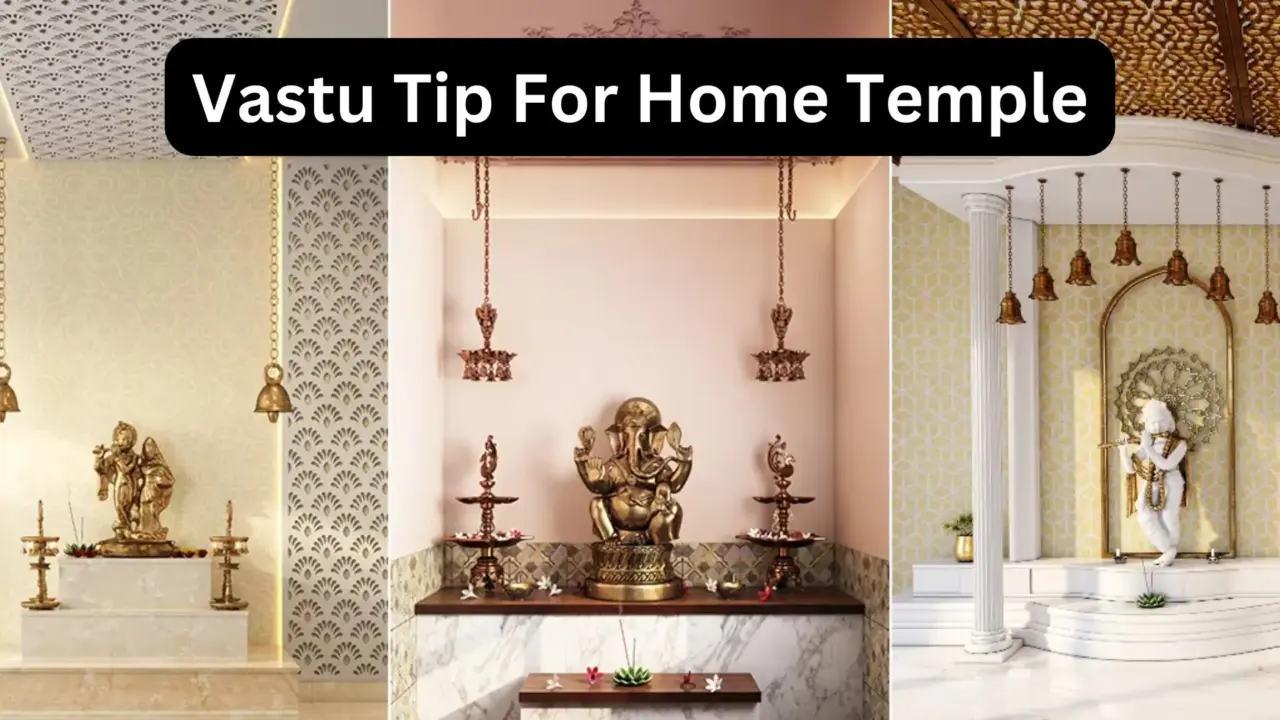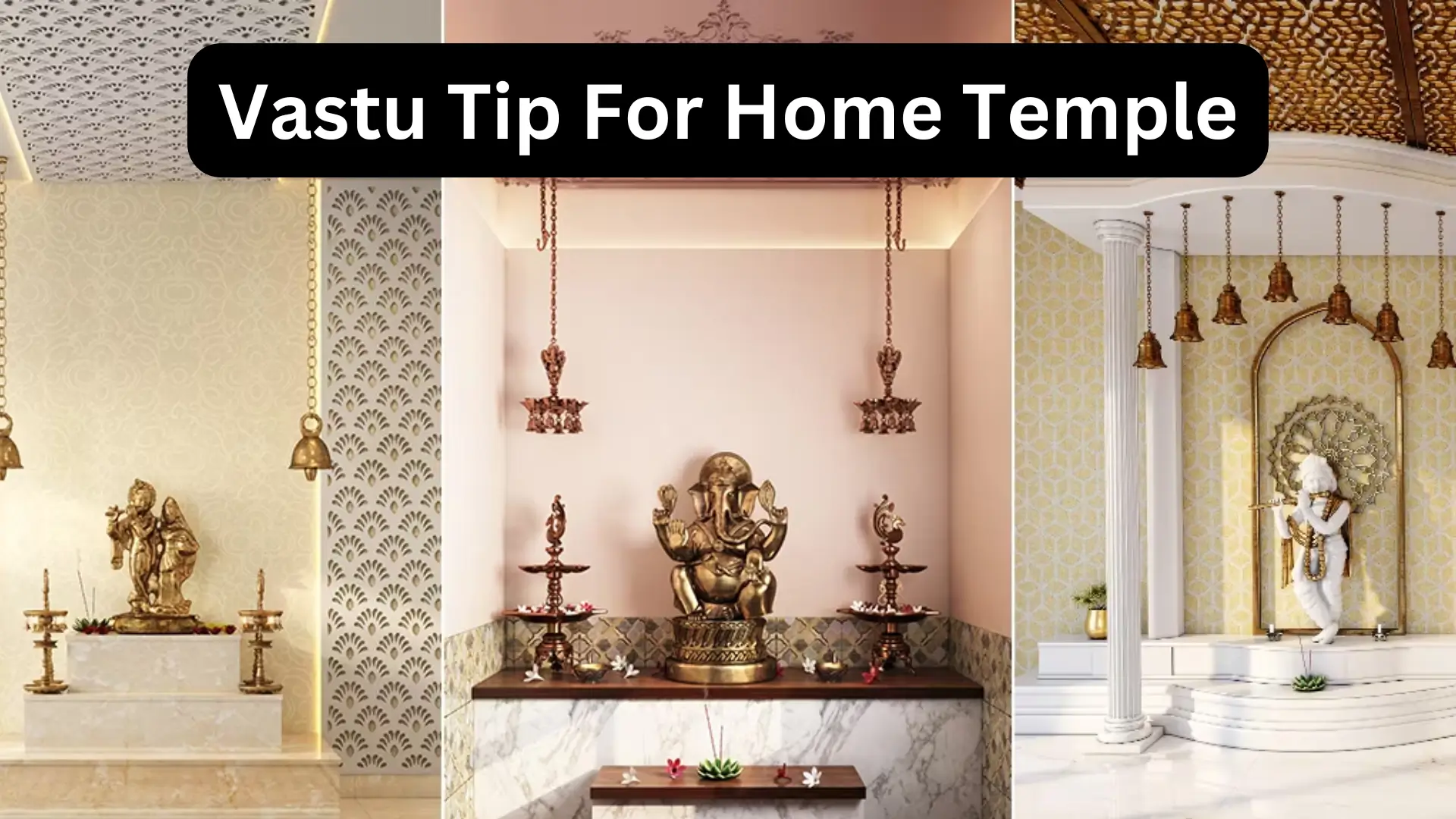In many Hindu households, the temple or pooja room is considered a sacred space for worship and spiritual connection. However, according to Vastu Shastra principles, not all idols or images are suitable for placement in the home temple. Certain types of idols or depictions may disrupt the positive energy flow and potentially bring negative influences into the home. This article explores the Vastu guidelines for which idols should be avoided in the home temple, as well as recommendations for creating an auspicious worship space.
The ancient Indian science of architecture and design, Vastu Shastra, provides guidance on creating harmonious living spaces that promote wellbeing and prosperity. When it comes to the home temple, Vastu emphasizes the importance of selecting appropriate deities and their representations to cultivate an atmosphere of peace, devotion and positive energy. By being mindful of which idols to include or avoid, homeowners can optimize the spiritual benefits of their sacred space while preventing potential doshas or flaws that could have unfavorable effects.
Understanding and following these Vastu tips for the home temple can help ensure that your place of worship remains a source of blessings rather than obstacles. Let’s explore an overview of the key guidelines before delving into more detailed explanations and recommendations.
Vastu Tips for Home Temple

| Preferred idol materials | Gold, silver, brass, copper, clay |
| Idol size | Small to medium (7-9 inches tall) |
| Idol condition | Whole and undamaged |
| Idol postures | Peaceful, blessing postures |
| Directions to avoid | South-facing idols |
| Forms to avoid | Fierce or destructive forms |
| Number of idols | Limited (3-5 main deities) |
| Placement height | Eye-level or above |
Avoid Broken or Damaged Idols
According to Vastu rules, it is considered inauspicious to keep broken or cracked idols of gods and offer prayers to them. Doing so can lead to Vastu doshas in your pooja room. However, it’s essential not to hastily dispose of damaged idols.
Experts recommend disposing of damaged idols by immersing them in holy rivers or placing them under a peepul tree. As part of regular maintenance, ensure that all idols in your pooja room are in top condition to maintain a harmonious and positive spiritual environment.
Do Not Keep Fierce or Destructive Forms
It is advisable not to keep a Shivling in the house. Along with this, any idol of Lord Shiva which shows his fierce form should also not be kept in the house. If you want to keep Lord Shiva in your temple then it is better to put a picture of Lord Shiva in your temple.
Talking about Maa Durga, we should keep in mind which form of her we are keeping in our house. Like the form of Mahishasura Mardini, the form of Chandika Devi doing battle, such statues or pictures should never be kept in the home temple.
Always keep the gentle form of Maa Durga in the house. If you are keeping a picture of Maa Durga, then always keep in mind that the mouth of her lion should be closed.
Avoid Certain Materials
Along with this, we should not keep any idol which is made of plaster of Paris. Apart from this, no idol made of plastic or marble should be kept in the home temple.
Whenever you keep an idol in the temple of your home, always try to ensure that it is made of silver, brass, gold, or clay. Apart from this, you can also keep pictures of deities in the temple of your home.
Limit the Number of Idols
In the home, there should not be more than three or four idols. Additionally, avoid keeping two statues of the same god.
Being a devotee of Lord Ganesha, I was planning to place a Ganpati murti in my home. Recently, I eyeballed a statue that consisted of 3 Ganesha idols in a single row. I was fascinated and wanted to get it home. However, before buying I thought of discussing the same with Pandit Ji. So I asked him,
Can we keep 3 Ganesh idols at home?
He told me that it is advised to just have one Ganesha idol at home. Although it is a matter of personal preference, according to Vastu, having just one Ganpati murti is always preferable. According to mythology, possessing two or more idols disturbs Ridhi Sidhi and just negates their energy.
Avoid Certain Deity Combinations
You should never keep portraits or idols of Lord Krishna with Meera/Rukmini and Radha, Lord Ganesha with Siddhi and Riddhi, and Lord Karthikeya with two wives Devasena and Valli. Keeping them could create disharmony and discord in your marital life.
You should not keep more than two pictures and idols of Ganesha in your home as it is not considered auspicious.
You can keep the divine trinity of Goddesses – Saraswati, Laxmi, and Durga. But, you should not keep 3 idols of the same Goddess, as it can bring upheaval and bad luck to your household.
I advise you to not even keep one Shivling if you can’t worship it regularly. An immense set of rules are required to be followed while setting up one Shivling, so getting two Shivlings won’t just hamper the peace of your home, but would also affect the spiritual aura.
Proper Placement and Direction
When I was placing God at my home, I consulted my astrologer and enquired where should God face in home. He informed me about the following points;
- The primary God should be placed in the northeast corner of the space.
- The god should face east since the rising sun represents fresh starts and the potential for spiritual development.
- It is proper for Lord Vishnu’s idol to face the West.
- Lord Shiva’s idol should be placed in the north direction
- The idols of Lord Ganesha, Lord Durga, and Lord Kartikeya should face east.
- Bhairav idols and the idol of Lord Hanuman should face south.
- Shivling needs to be placed at the house’s northernmost corner.
Avoid Rear-Facing Idols
The idol of God should never be kept in the temple or at any other place in the house in such a way that its rear part, that is, the back, is visible. The idol should be visible from the front.
Conclusion
By following these Vastu guidelines for your home temple, you can create a sacred space that promotes positive energy, spiritual growth, and overall wellbeing for your household. Remember that the most important aspect is maintaining a clean, respectful, and devotional atmosphere in your place of worship.

